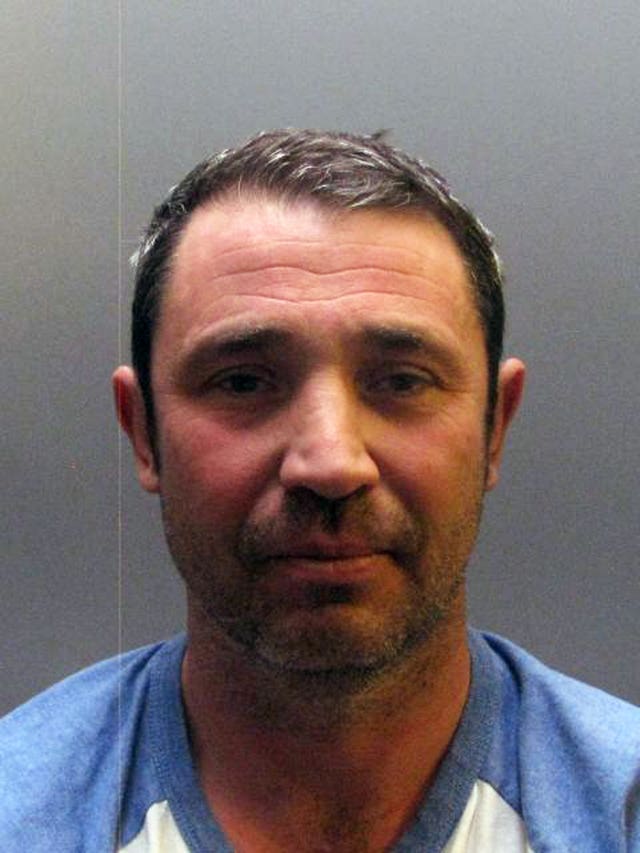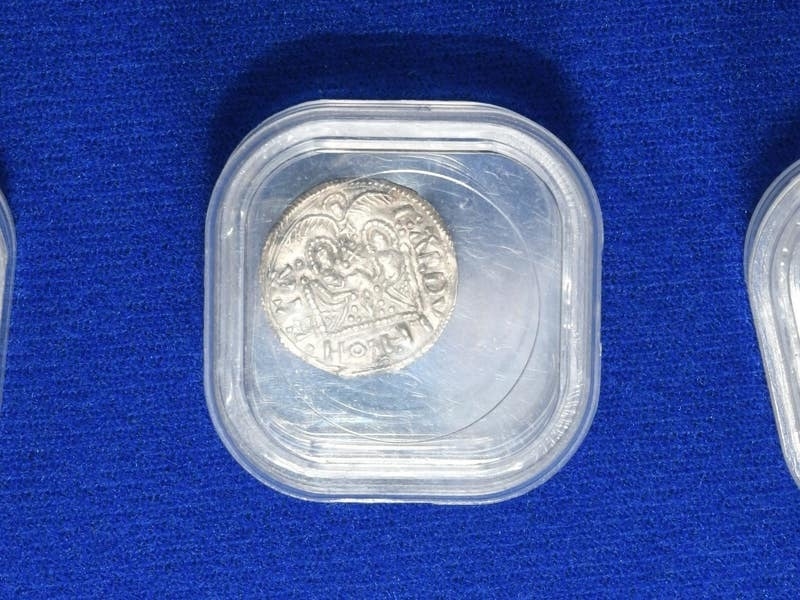Two metal detectorists who hatched an illegal plot to sell abroad Anglo-Saxon coins of great historical significance have been jailed for more than five years.
Craig Best, 46, and Roger Pilling, 75, were convicted of conspiring to sell criminal property worth £766,000, namely 44 ninth century coins believed to have been buried by a Viking and which have never been declared as Treasure, and have not been handed to the Crown.
Judge James Adkin, sitting at Durham Crown Court, said a further two coins remained outstanding and had been “hidden away”.

The coin enthusiasts were convicted of conspiracy to convert criminal property and a separate charge of possession of criminal property and were jailed for five years and two months.
The judge told them their offending was aggravated by their plan to sell the coins abroad, saying: “Had they left this country, they would have been likely to be lost to this nation for ever.”

Best, of South View, Bishop Auckland, was arrested with three coins at a Durham hotel in May 2019 in a police sting operation.
Best thought he was meeting a metals expert, employed by a broker working for a wealthy US-based buyer, but was in fact speaking to an undercover detective.
Pilling, who according to the judge acquired the collection from the “black market”, was arrested at his home in Loveclough, Lancashire, and a further 41 coins were seized.
These 44 coins originated from the Herefordshire Hoard, discovered in 2015, worth millions of pounds, and which was also not declared.
Four people have already been convicted for their roles in concealing that find.
The undercover police operation was set up after Best tried to sell coins to a real American collector, who then contacted UK-based experts about the apparent availability of extremely rare and valuable examples, and the authorities were alerted.
It was believed the coins were made between 874 CE and 879 CE and were buried by a Viking during this particularly violent period of English history.
They included two extremely rare examples of two-headed coins, showing Alfred of Wessex and Ceolwulf, a figure who was discredited by Saxon writers as a Viking puppet ruler.
Experts have said the two-headed coins demonstrate a financial and political alliance between the two kings, showing Ceolwulf was more important than reports from Alfred’s court later stated.
Sharon Watson, for Pilling, said he had been a “hard-working industrious family man and a kind person” who delayed his retirement after his factory burned down to ensure his employees had jobs.
Stephen Garbett, for Best, said he was also hard-working, and runs a business with three employees.
He said: “His family are devastated by what has happened, he now has to deal with it.”






